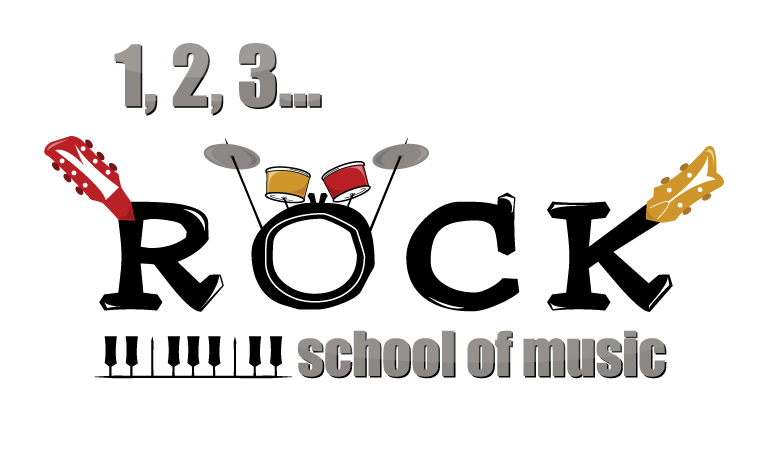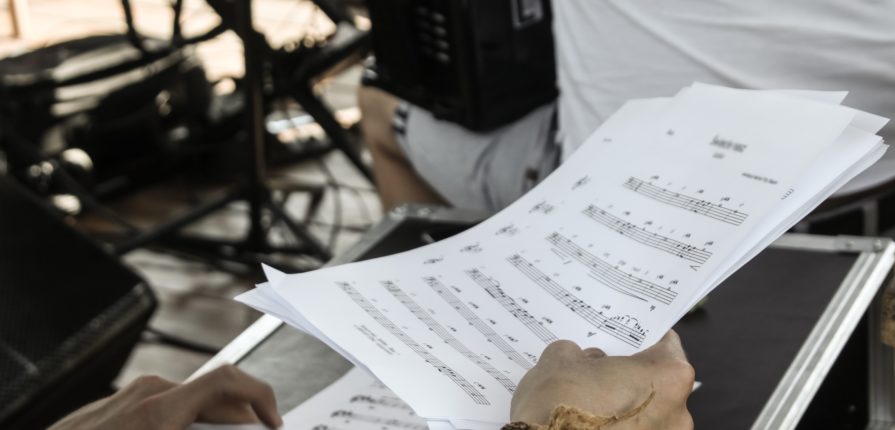There is an excellent debate between memorizing and reading music when it comes to learning music. Memorizing involves committing notes and rhythms to muscle memory, while reading requires musicians to read sheet music, match notes, and interpret symbols and instructions. While both techniques can be effective for learning an instrument, they each also have distinctive pros and cons that must be considered.
—
Thursday, May 18th
Memorization allows a musician to have an intimate connection with the song they are playing as they can play with greater freedom than if they were relying on sheet music. This also allows them to improvise more freely since they don’t have to continually refer back to written notation. However, memorizing can take far longer than reading as it requires more time for a musician to commit notes to muscle memory.
On the other hand, reading sheet music provides access to a vast library of pieces that the musician may not know otherwise, and it allows them to learn songs quickly without having to spend as much time committing everything to memory. But it can also limit creativity when playing a piece since musicians must follow what is written on the page exactly as it appears.
The benefits of memorizing music include the following:
– Having an intimate connection with the song being played.
– Being able to improvise more freely without referring back to written notation.
– Spending more time committing notes and rhythms to muscle memory for a deeper understanding of the piece.
The benefits of reading music include:
– Quick access to a wide range of pieces.
– Ability to learn songs quickly without spending as much time memorizing them.
– Following exactly what is written on the page for more precise playing.
Ultimately, personal preference should determine whether someone chooses memorization or reading when learning an instrument; both methods have distinct advantages and disadvantages that should be considered before making a decision. For example, those who want quick access to a wide range of pieces may opt to read traditional notation.
If you decide to start by memorizing music before moving on to reading music and actual lessons, here are a few tips to get you started:
1. Break the music down into short sections and practice them one at a time.
2. Practice with a metronome to ensure accuracy in rhythm and timing.
3. Listen to recordings of the piece you are memorizing or have someone play it for you so that you can learn by ear and sight-reading from notation.
4. Create mnemonics such as memorable phrases or word associations to help you remember difficult musical passages more easily.
5. Use visualizations or mental images to imprint melodies, rhythms, and other musical concepts into memory more effectively


